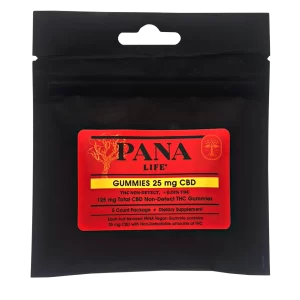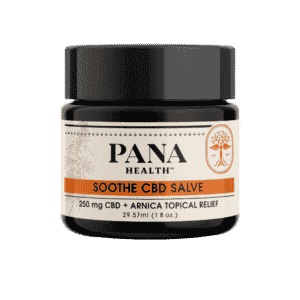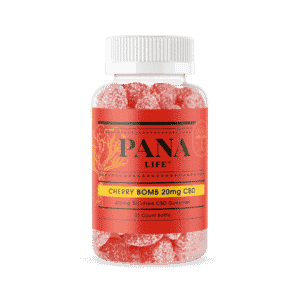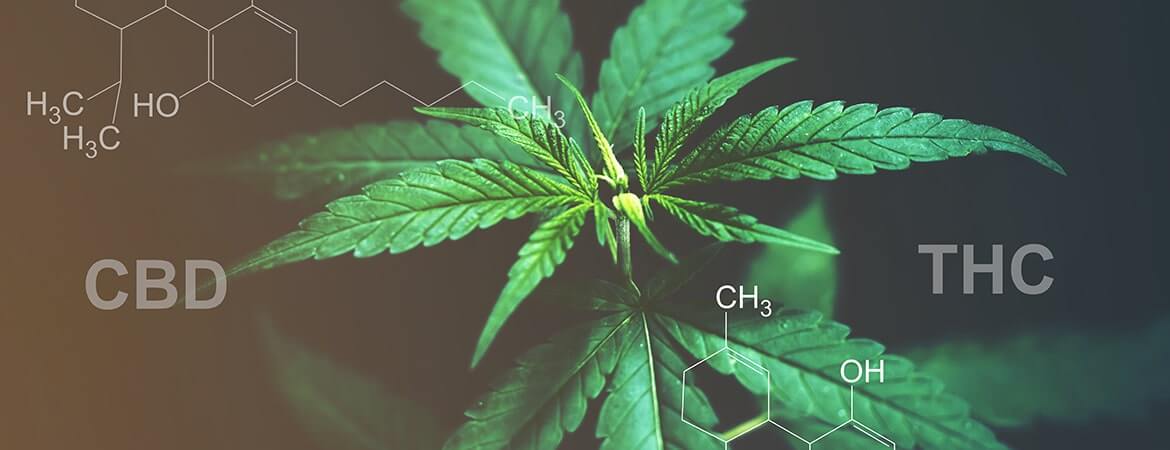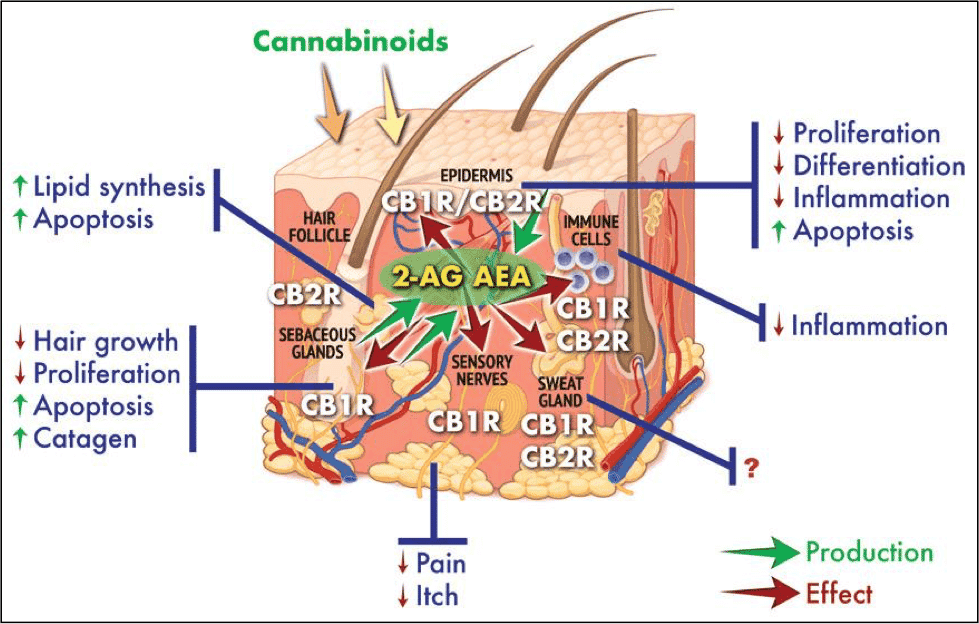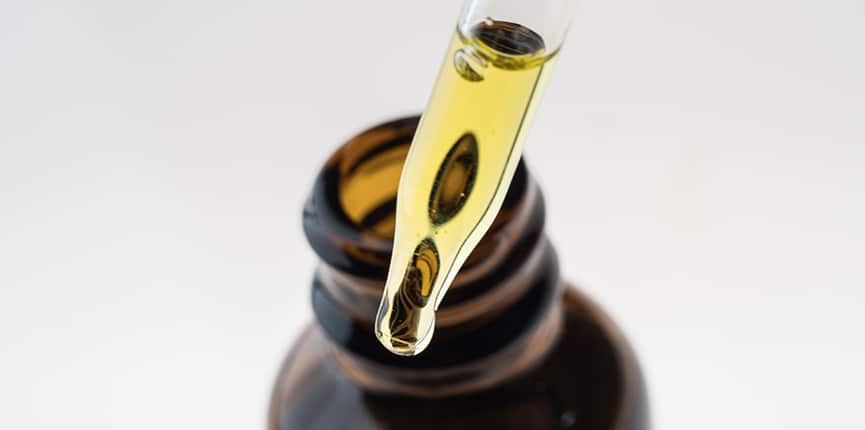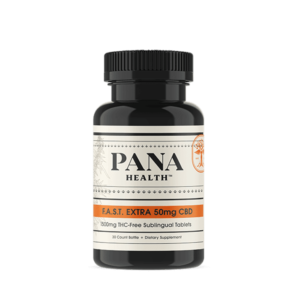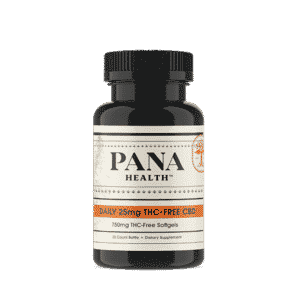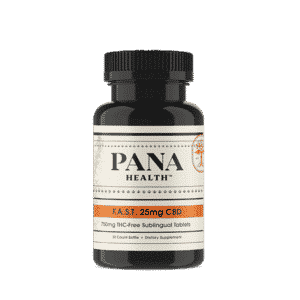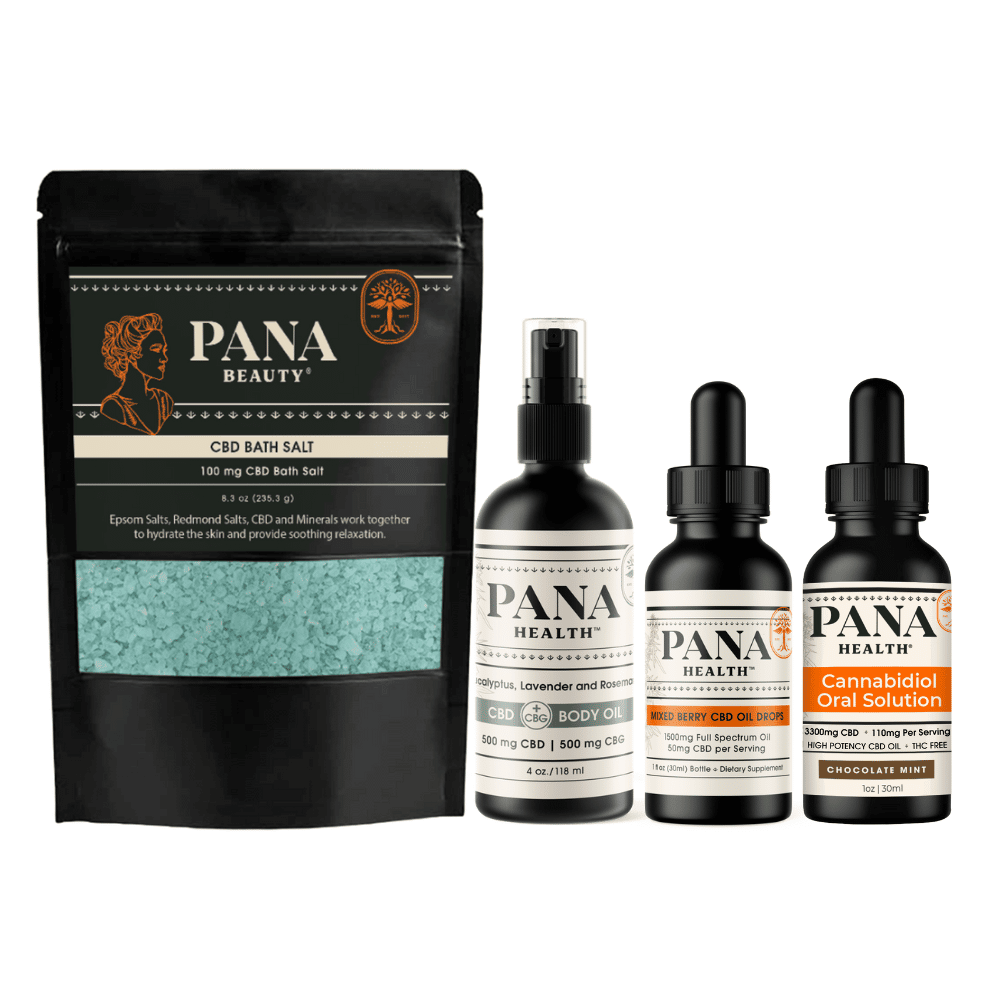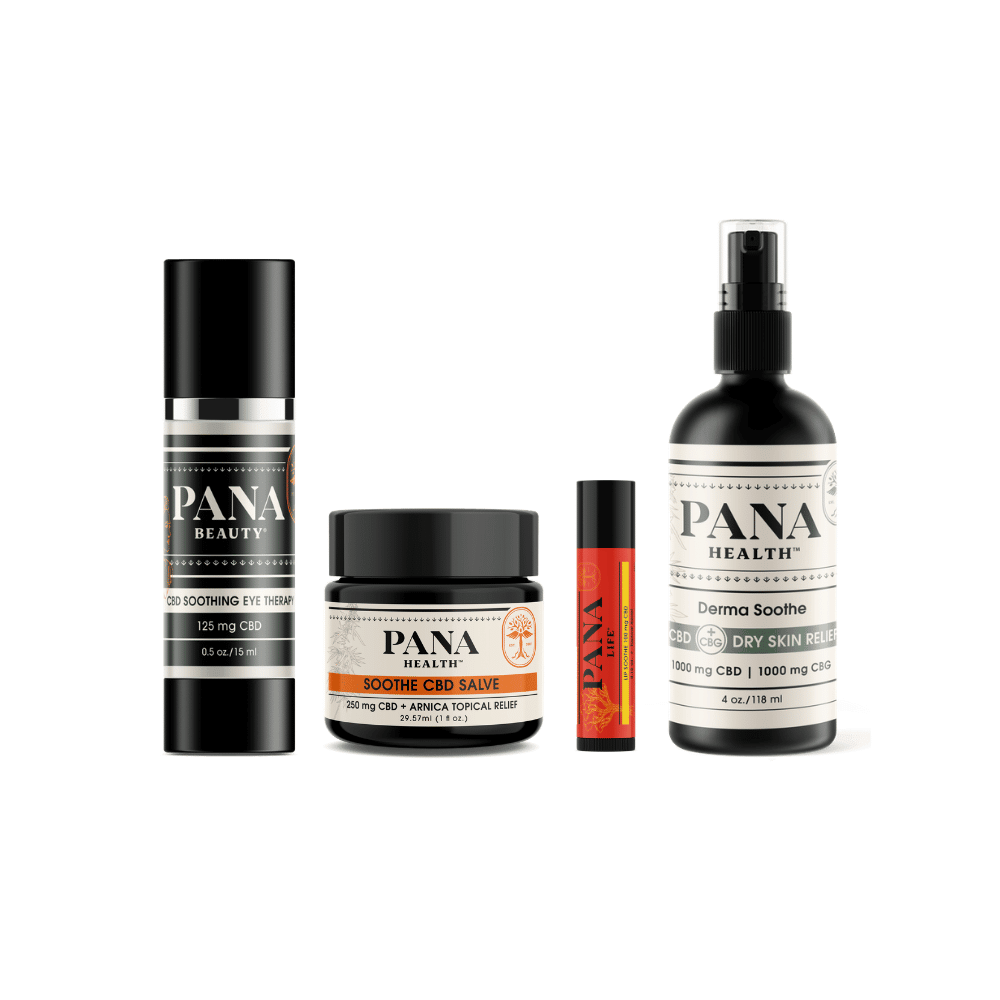Whether you’re brand new to the Cannabis world or a seasoned pro, you’re bound to have noticed that there is a lot of jargon. Whether you’re trying to buy cannabidiol (CBD) oil, find a new strain of marijuana to try out, or simply learn more about herbal medicine, there are many technical terms and concepts you are likely to come across.
This is especially true if you’re new to Cannabis, CBD, and hemp. Whereas someone who has been smoking marijuana or taking CBD might be instantly familiar with terms like indica or sativa, for example, a first-time CBD consumer might not be familiar with the lingo.
Thankfully, this is a very welcoming community, with plenty of people to provide answers. Here at Panacea Life, we pride ourselves on making CBD and hemp products accessible to as many people as possible. No matter if you’re a cannabis aficionado or a curious new user, we want you to feel welcome and safe within this world.
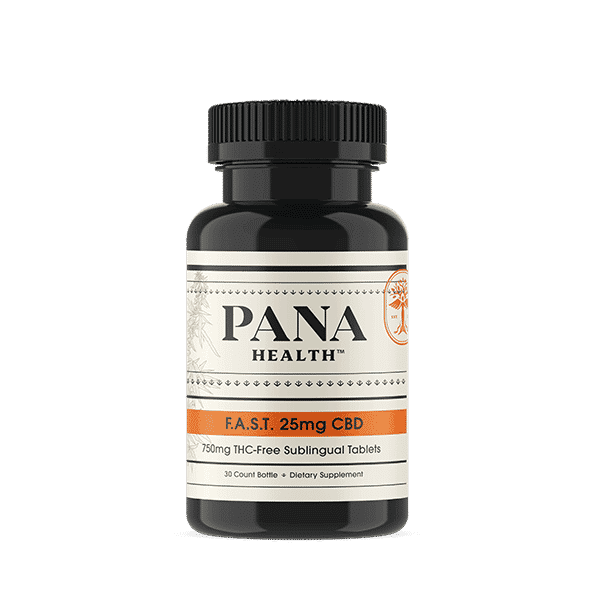
That’s why we’re going to be looking at a commonly queried topic within the CBD world today. What exactly are cannabinoids, and what do you need to know about them? We’ll be going over common types, categories, and things to bear in mind as a user.
What are cannabinoids?
To start off with, what exactly are cannabinoids?
As this article notes, the term cannabinoid is an umbrella term that refers to chemical substances that affect the cannabinoid receptors within the body. Mostly, cannabinoids are natural substances that are taken from the Cannabis plant- but there are synthetic ones as well.
If you’re unfamiliar with cannabinoid receptors, it’s worth noting that all mammals have an Endocannabinoid System (ECS). This network within the body is made up of receptors and enzymes known that interact with cannabinoids, and can regulate a number of different systems in a person- everything from memory and retention, to appetite and sleep.
What types of cannabinoids are there?
As some of you may have seen already, there are countless different substances, compounds, and elements making up the cannabis plant. It’s a wonderfully vibrant and complex plant, with many different interesting elements making it up. As this article notes, there are some other important cannabinoids worth being aware of, including;
- Cannabigerol. This is parent of the cannabiniods from which other cannabinoids are derived from. This cannabinoid makes up a very small portion of the plant when it is fully grown. Cannabigerol, or CBG as it is known colloquially, has not been studied as much as other compounds in this list. There have been studies, such as this one, looking into it’s potential as an anti-inflammatory, but we will have to wait and see.
- Cannabichromene. On the flip side to CBG, cannabichromene is found plentifully within the Cannabis plant. As with other cannabinoids, cannabichromene is being studied right now- with potential links to anti-inflammatory, antifungal, and antibacterial properties.
- Tetrahydrocannabinol. This cannabinoid is also known as THC, and it is one of the most well-known compounds that comes from the Cannabis plant. Tetrahydrocannabinol is the psychoactive compound that leads people to get ‘high’.
- Cannabinol/cannabinodiol. Cannabinol is a lesser-known, psychoactive compound in the Cannabis plant. It is most commonly found in aged Cannabis. Cannabinodiol is another psychoactive element.
Of course, this list is not exhaustive by any means. There are over 113 cannabinoids within the Cannabis plant, all with different effects and uses.
Other key points to be aware of
A common term that you’ll hear when cannabinoids are being discussed is phytocannabinoids. Phytocannabinoids are the naturally occurring cannabinoids that can be found within the Cannabis plant, like CBD.
Endocannabinoid is another common term that it’s worth being aware of. These compounds are not produced within the Cannabis plant; in fact, they’re created by the human body to work with internal cannabinoid receptors.
A final category of cannabinoids to be aware of is synthetic cannabinoids. There are plenty of synthetic products, like synthetic CBD for example, but it’s worth being wary of these. Synthetic products can be harmless when made correctly, but in a lot of cases, they can be quite harmful. This CDC report highlights the dangers of synthetic CBD products.
Generally speaking, the human body can react in a wonderful way to cannabinoids. If you are going to use CBD or hemp, make sure to do your research and only buy verified products from suppliers that you trust.
To sum up
As you can see, the field of cannabinoids is not as complex as it might seem at first. There are so many different types and subcategories of cannabinoids available, and they all have different effects, purposes, and forms.
It’s worth reiterating the point that synthetic cannabis and CBD products can be quite harmful. There are plenty of unverified, dangerous synthetic products available right now, which is not great at all. Using these products can sometimes lead to physical pain or damage, or even mental health issues in some cases.
Above all, make sure that you are being mindful if you are using any of the substances that we’ve discussed in this blog post. No matter if you’re using CBD oil, smoking legal Cannabis, or taking THC supplements, it’s vital that you do your research beforehand. Check out the supplier, read the ingredients, and note whether your existing health or medications could be affected.
Want to learn more about the world of CBD and Cannabis? Looking for somewhere to source incredible CBD and hemp products? Make sure to check out our full website today. Here at Panacea Life, we’re dedicated to bringing our audience the best of the best in natural medicine and herbal remedies, and we’ve always got something new to share.


